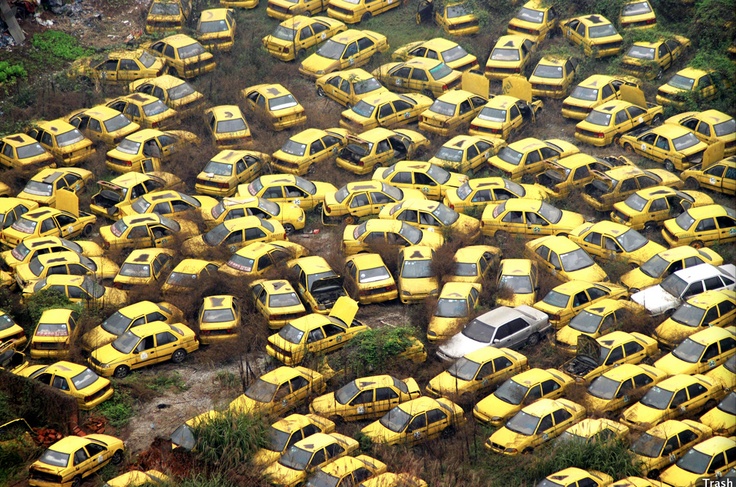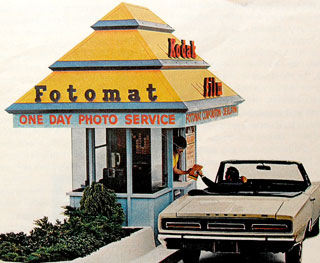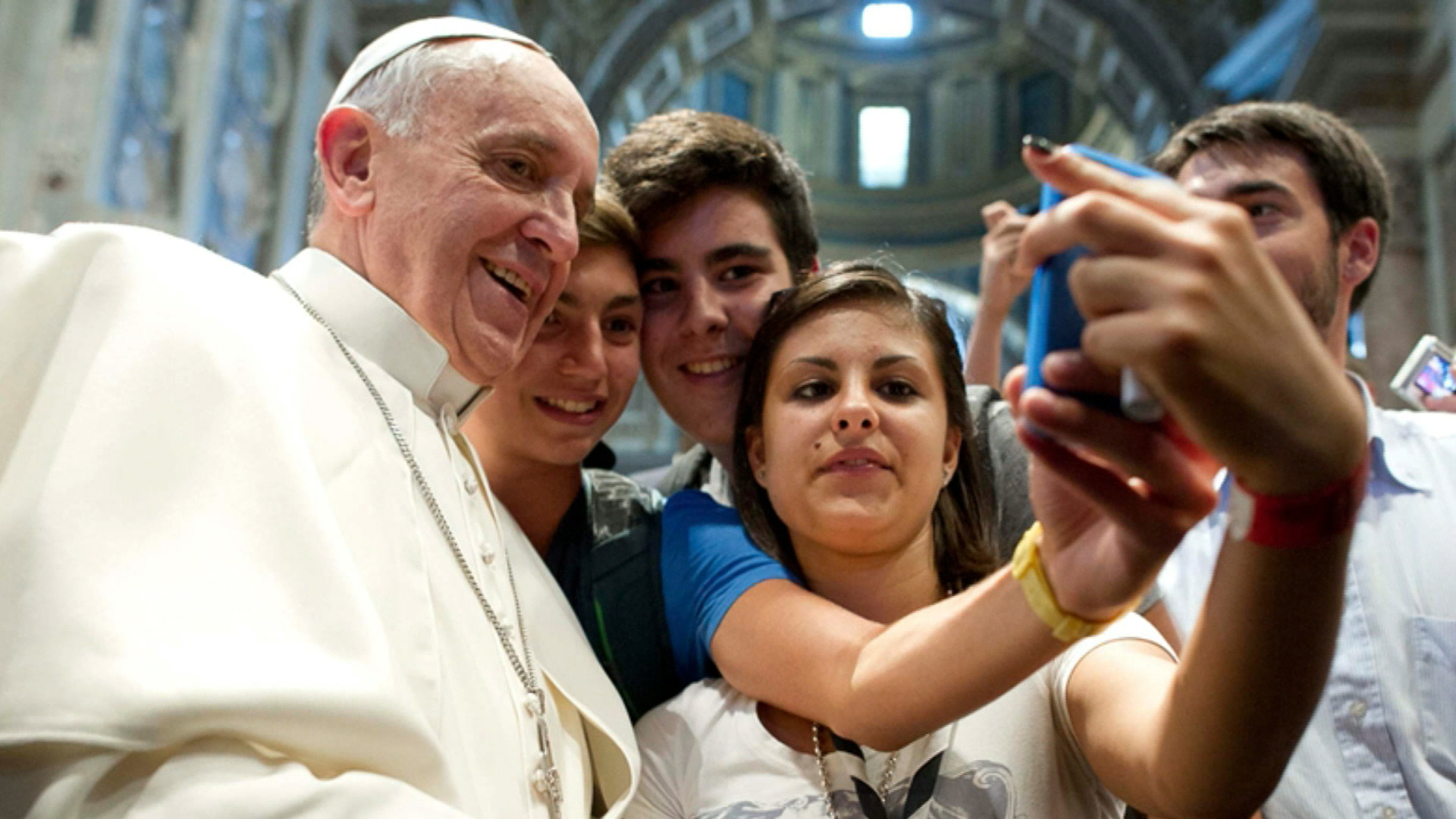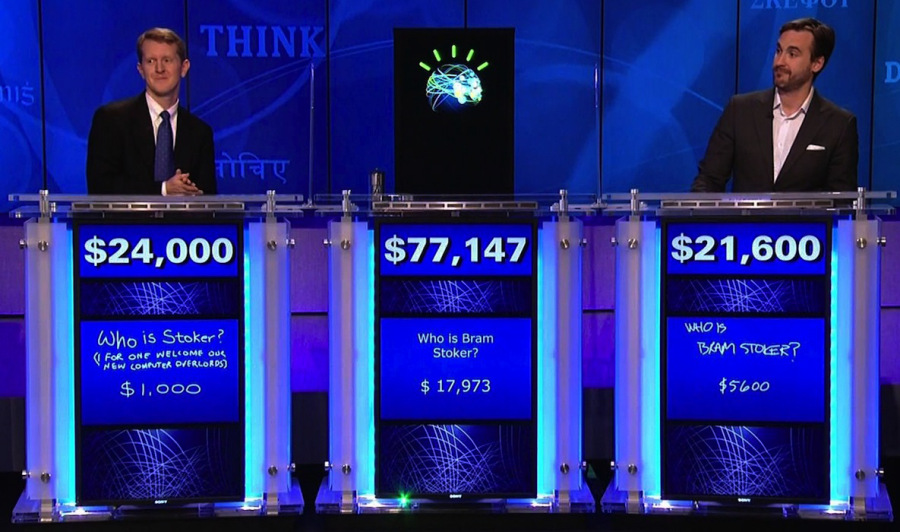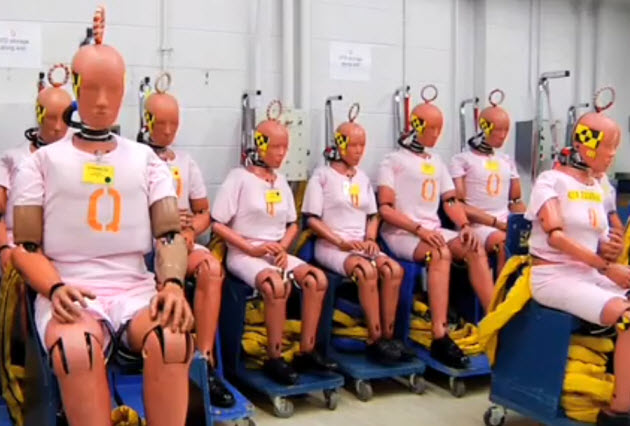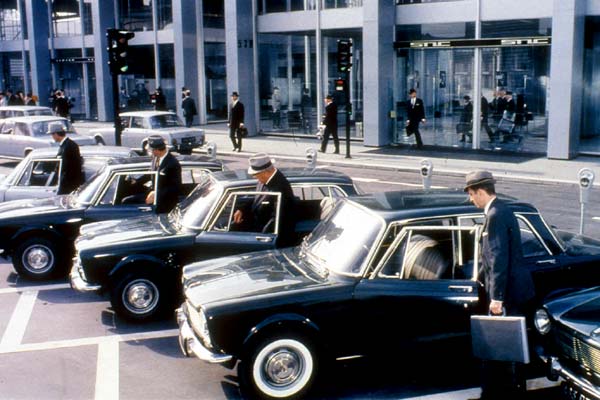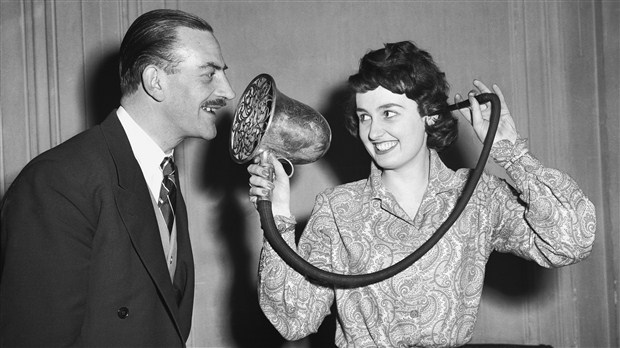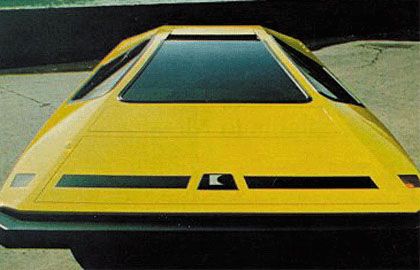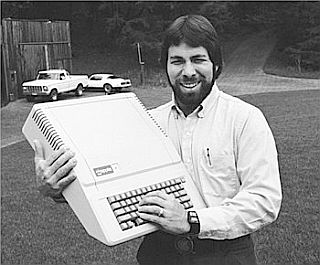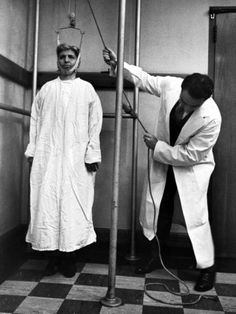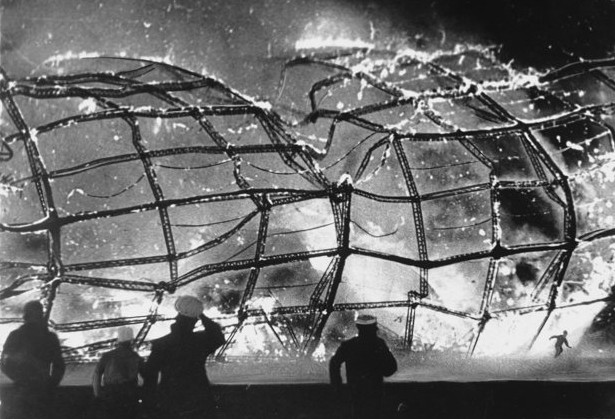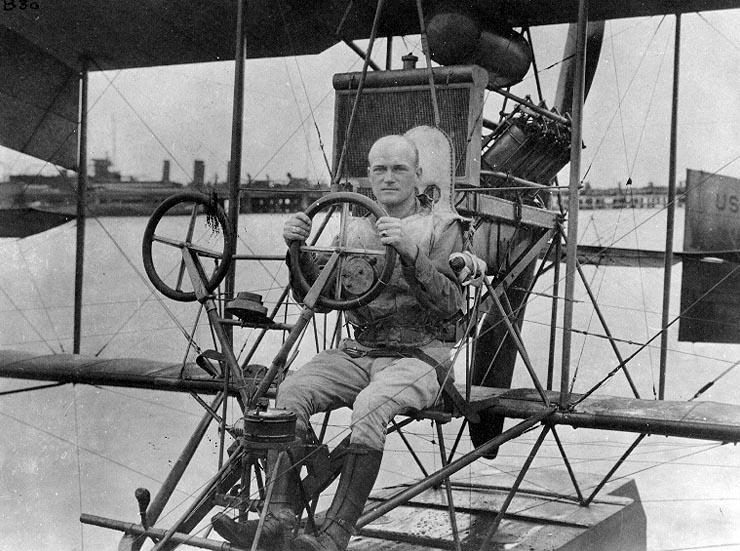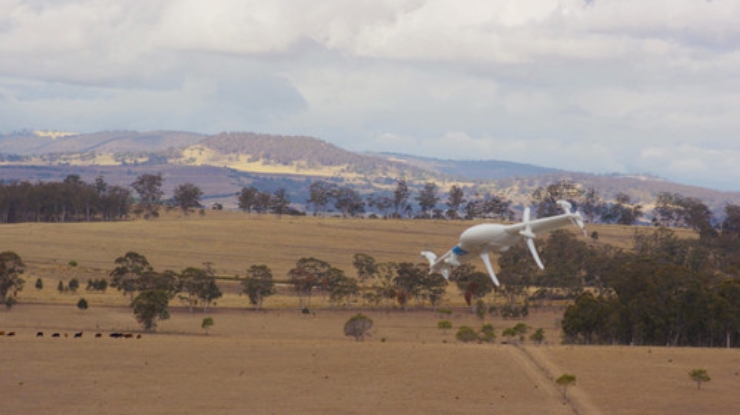While in Orange County, Dick often fell back on the reflexes of Bay Area types who move to Southern California. He joked often about the artificiality of it all, the local slang. “He kept comparing Southern California to Disneyland,” remembered wife Tessa Dick, “and said it was plastic, wasn’t real. He was used to real cities like Berkeley and San Francisco and Vancouver.”
To a writer whose primary subject was the slippage between the real and constructed, the place surely also fascinated him as well. ‘He loves fakes and simulacra as much as he fears them,’ novelist Jonathan Lethem wrote in the introduction to Dick’s selected stories. He calls Dick very much a man of the 1950s, holding “a perfectly typical 1950s obsession with the images, the consumer, the bureaucrat, and with the plight of small men struggling under the imperatives of capitalism.” …
Of course, being far from any urban center or major attraction suited Dick just fine during this last decade. ‘He was home 24/7,’ Tessa said. “He didn’t go out very much.” Besides Big John’s, his favorite pizza place, the nearest spot of interest was the Cal State Fullerton campus, where the author’s papers were held. (Some of them have recently been relocated, perhaps temporarily, to San Francisco.) Today the area is dominated by low-slung, pale stucco buildings and fast food chains, and back then it wasn’t much different.
The couple wasn’t lonely, though. “People came to us,” Tessa recalled. “Nearly every day we had visitors. One night for dinner we had two men from France, one from Germany, and one woman from Sweden. One of them was writing a PhD thesis on Phil.” Dick flirted with the Swede, saying, “You are a pretty lady” in rough German.
During his last few years, when he became financially stable for one of the rare times in his life, his daughters visited him at the Santa Ana apartment he moved to after the implosion of his marriage. Dick’s oldest child, daughter Laura, born in 1960, recalls his place full of Bibles, encyclopedias – Dick was a ferocious autodidact – and recordings of Wagner operas.
Phil’s second daughter Isolde, now 42, visited enough during this period to get to know her father for the first time. She recalls him as working hard to be a good father and struggling to overcome his limitations, both with and without success.
During one visit, he got Isa excited about a trip to Disneyland, then open past midnight. He said, “We’re gonna go and stay ’til it closes!” But in my mind we were there for only 20 or 30 minutes before he said, ‘Honey, my back’s really hurting.’ I think he was just overwhelmed by all the crowds. I knew him, and knew he was uncomfortable moving outside his comfort zone.”
He spent more of his time walking from the apartment to a nearby Trader Joe’s to get sandwiches, a park where he and Isa tried awkwardly to play kickball, and an Episcopalian church where he had running theological discussions with the clergy.•

